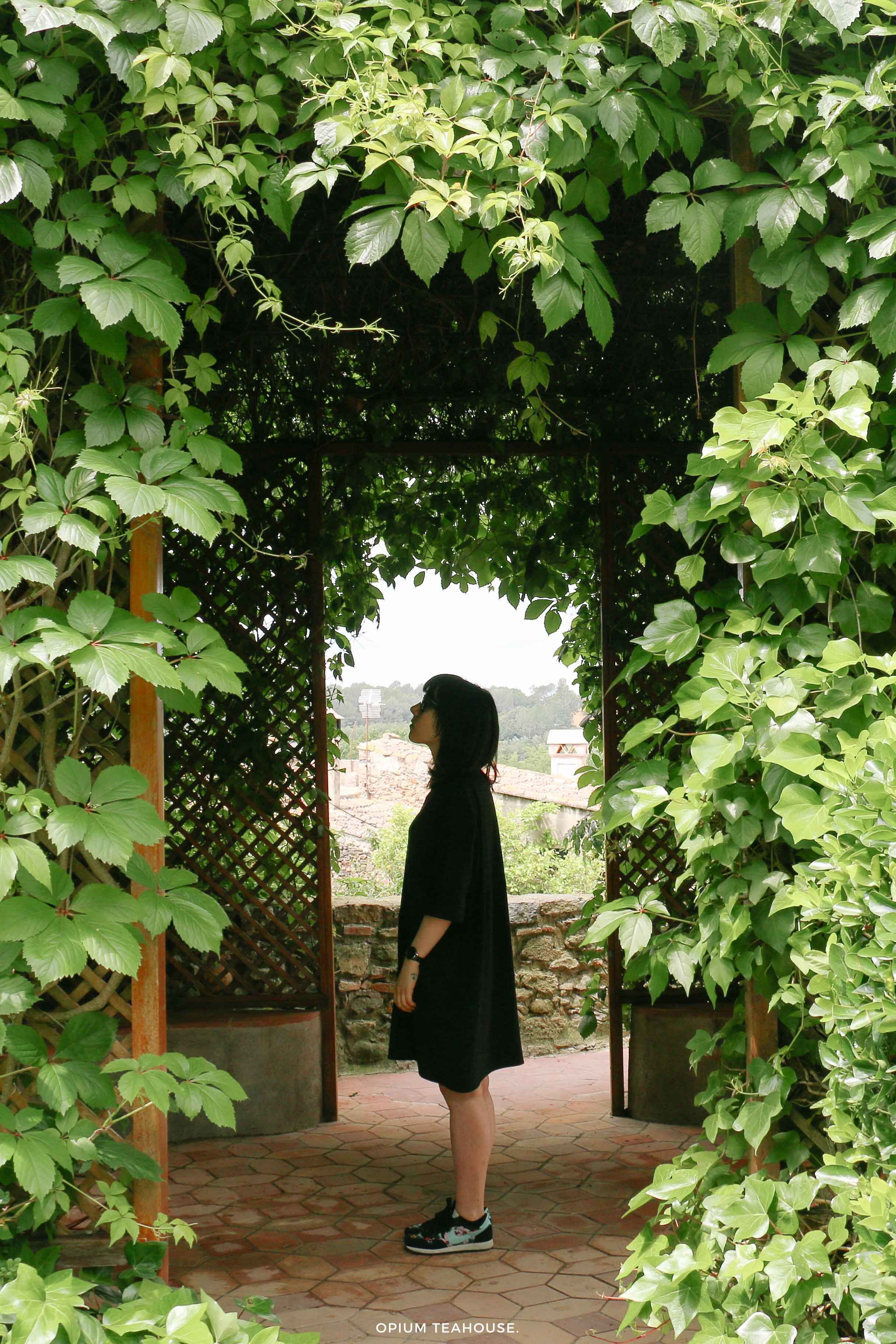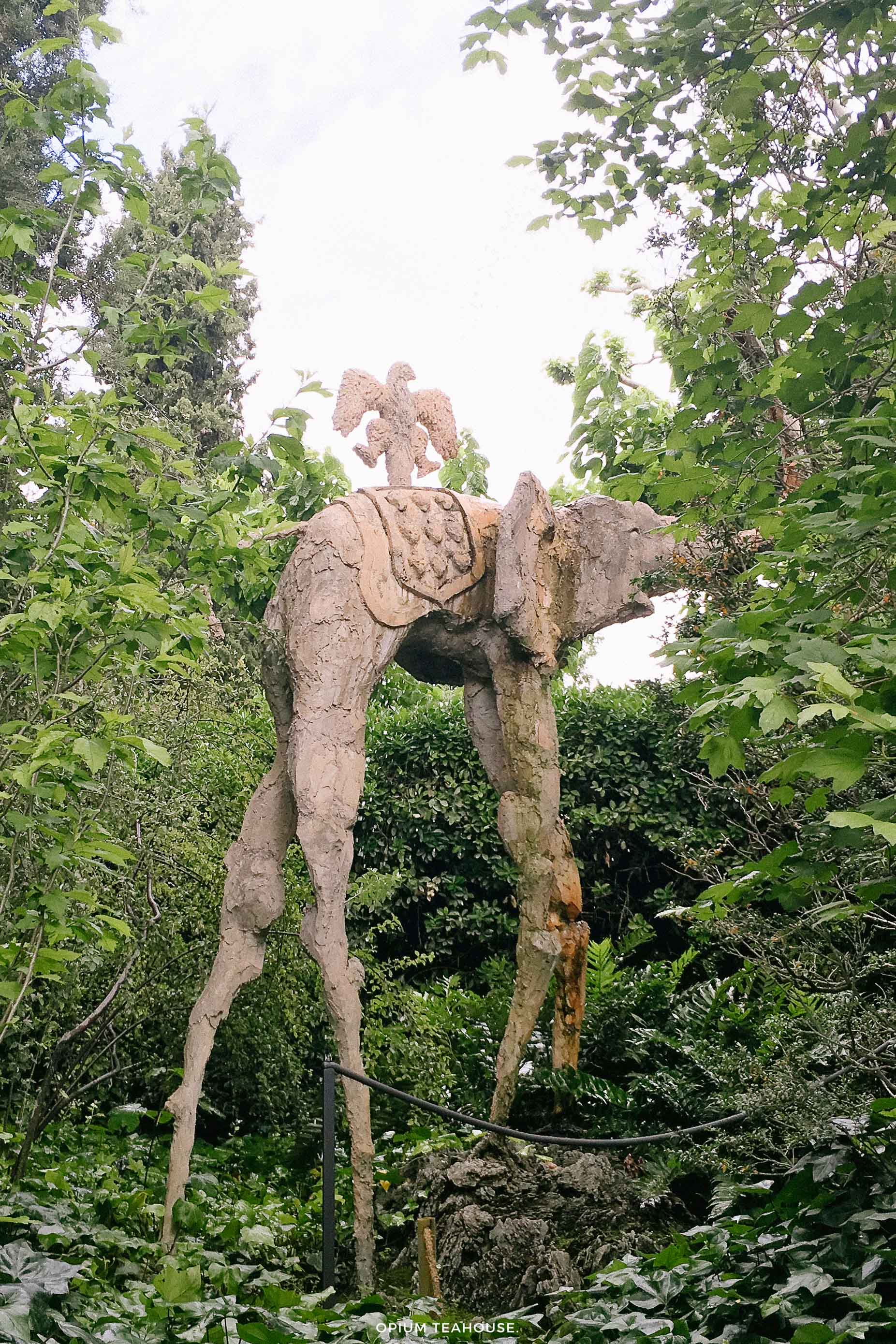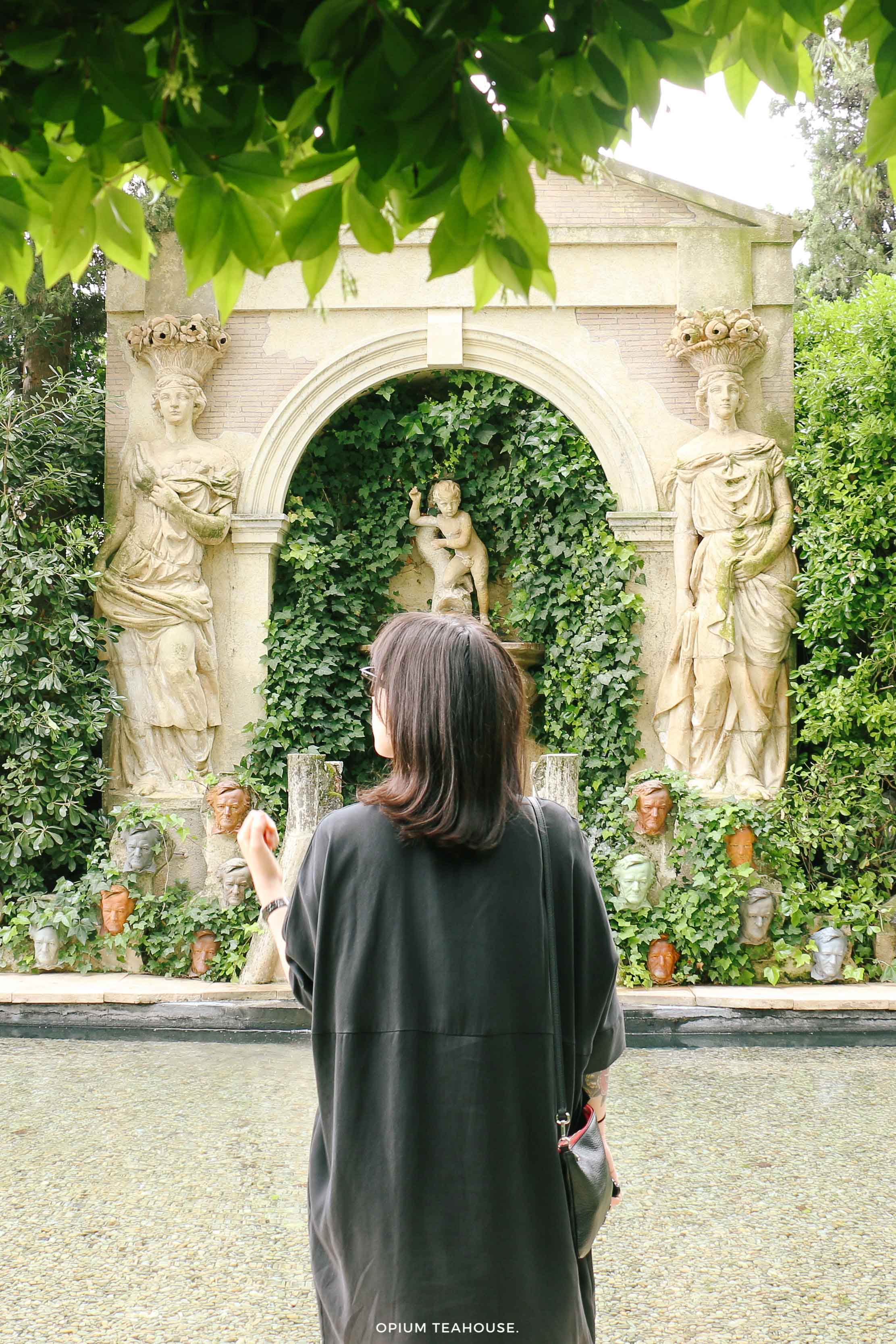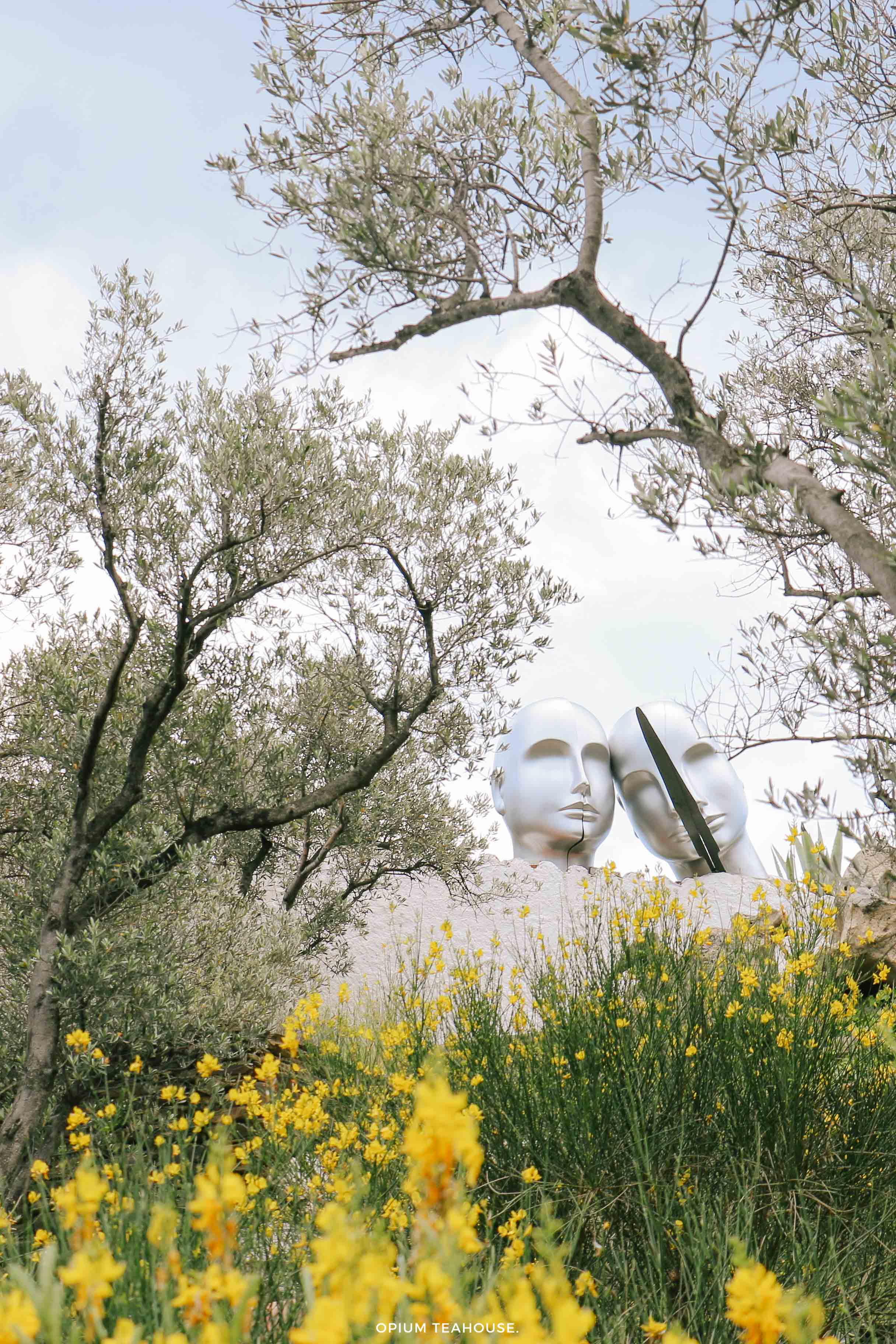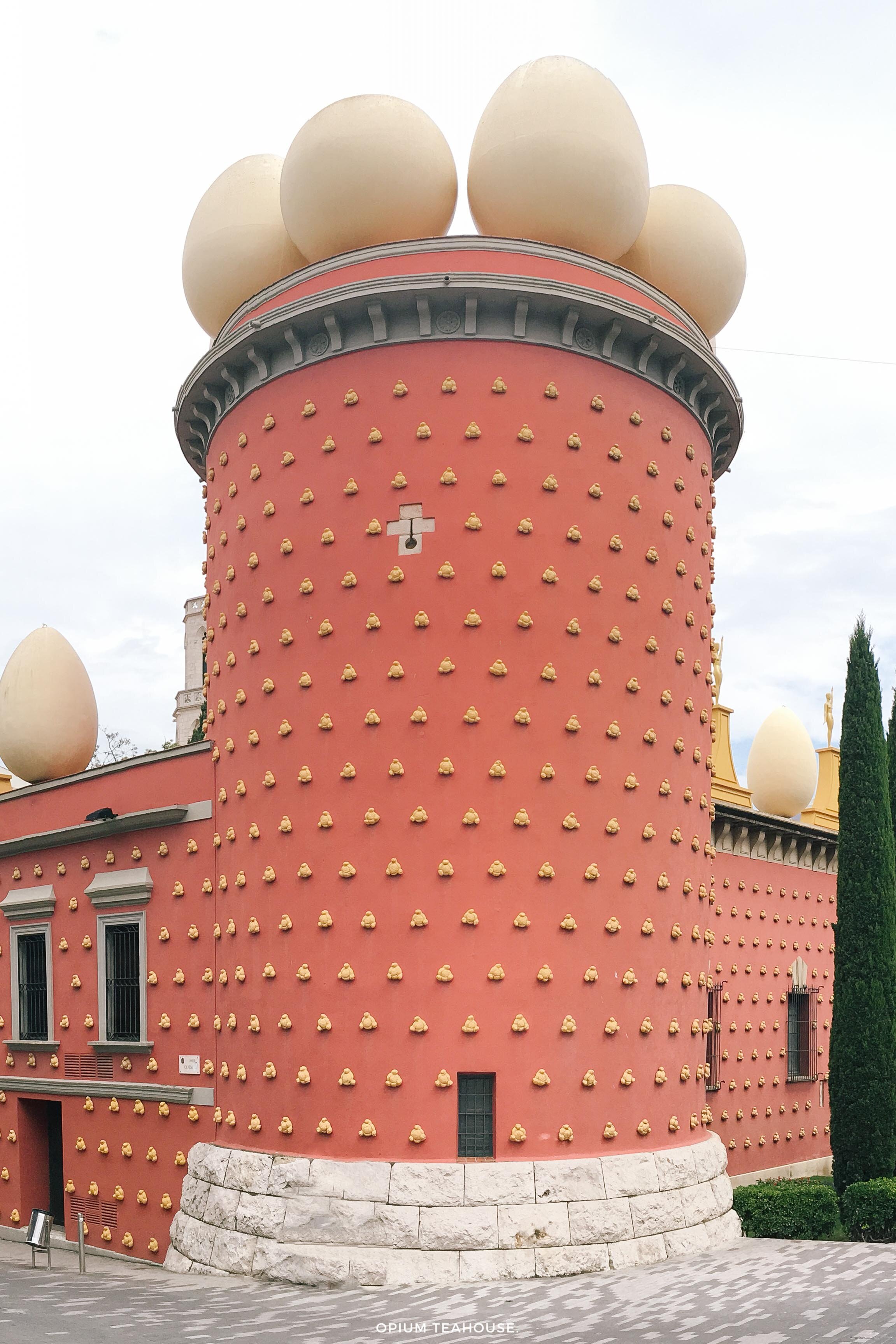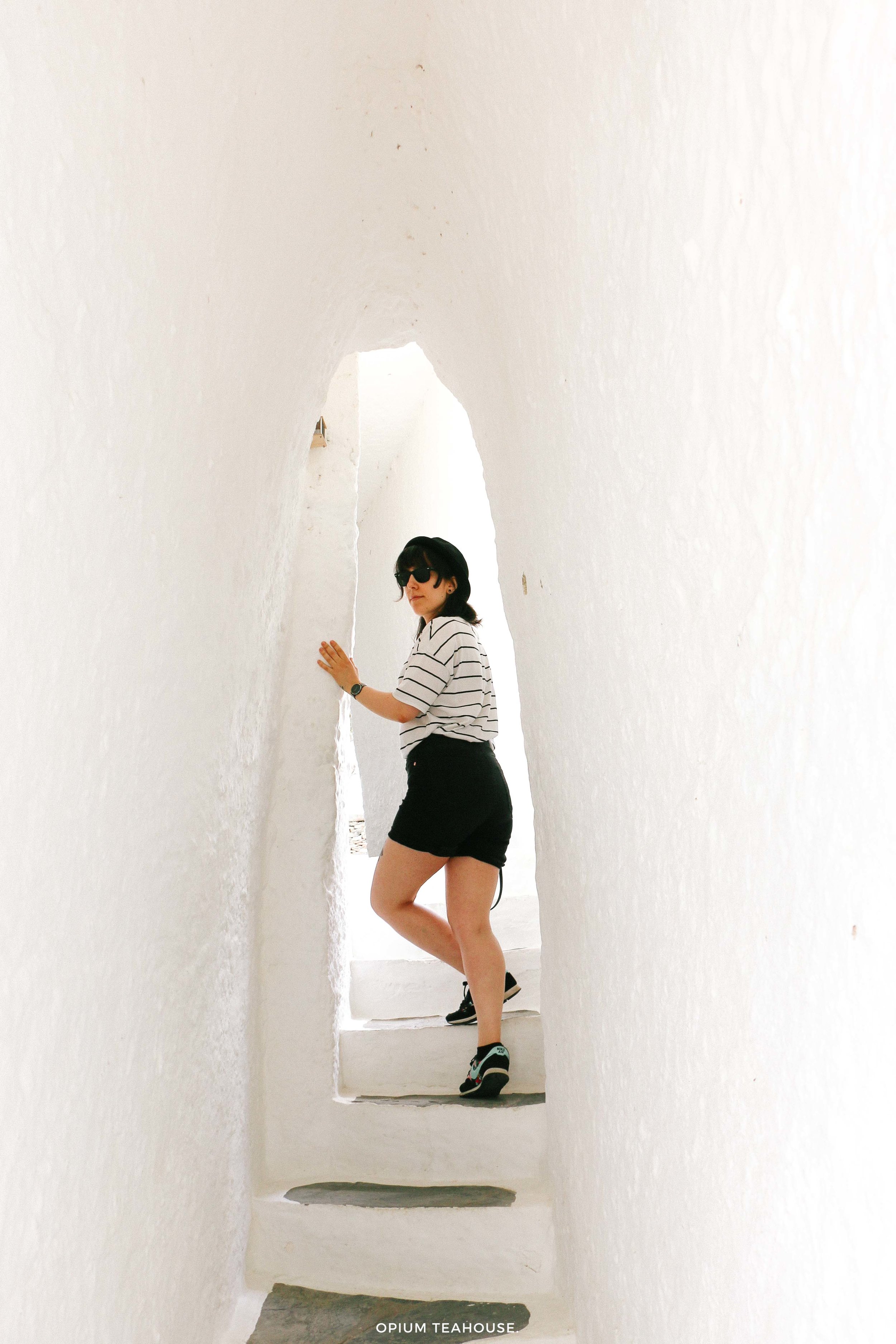Dali's Triangle: Surrealist Costa Brava — Spain
Driving through Cap de Creus winding mountain roads, with the sun high in the sky, we long for the cool breeze of the Mediterranean. As mountains gave way to the bright cobalt blues of the sea below, we could see our destination.
Portlligat — the first vertex on the so-called Dalínian Triangle. This small and quiet fishing village, five minutes away from Cadaqués, was Salvador Dalí’s only fixed residence for 52 years. And the main reason people visit this remote village of Catalunya.
“Dalí’s house has two personalities: the private and the public. If the interior is normal, the exterior is like his work — surrealist and eccentric.” a museum staff tells me as we walk through the indoor areas. The small rooms can only host eight people at a time, and there are no guided tours. However, a museum staff will lead you through the labyrinthine house giving some context to each area.
While I’m not sure if a house with an array of taxidermied animals — from a white bear in the hall to geese in the kitchen — can be considered standard, this is, after all, Dalí’s realm. Built from seven fishermen’s huts the house grew to over a period of forty years. The artist regarded it as a living organism; each room reflects the progression of the life of its owner.
From the claustrophobic last room — an igloo-like area, filled with a pink light, designed to enjoy music — stepping into the garden is a relief. Feeling the fresh sea breeze and the bright sun is like stepping out of a warm womb into the world. With a house filled with immortality and birth symbols, perhaps it's intentional?
As I walk through the garden, the white courtyards scintillate under the bright sun. Backed by the deep blue from the bay and the olive trees, the area shows the flamboyant side of Dalí. The pool area, the centre of the artist's social life, pairs Warholian like Pirelli logos with a middle eastern style lounge area. The olive grove and its various levels gave Dalí a space to host performances and assemble sculptures.
The other two vertices of the triangle are the Museum-Theatre in Figueres, Dalí’s hometown, and the lesser known Castle of Puból, Gala’s home and mausoleum. If the theatre is exclusively dedicated to his work, the castle is a space devoted to his wife.
Both houses share the same underlying characteristic; the architecture interweaves with life. But they are also different. Gala's house, set in a 11th-century castle, is bigger and the decor much more feminine. From the red velvet sofas to elaborate chandeliers you can feel a woman’s touch. It's easy to imagine Gala entertaining a group of friends, with Stravinsky playing on the old record player.
But the most significant difference comes from the garden. An impregnable maze of wonders with lanky terracotta elephants and a pool, serving as a refuge to the lady of the castle. The surrounding landscape is also quite distinct — rolling planes and ancient woodlands in ochre hues appeal to the fruition of a slower lifestyle.
This space also gives a valuable insight into the relationship between Dalí and his muse. Their rigorous sentiments, affections and ceremonies of courtly love played an essential part in his art.
As I walk into the Museum-Theatre in Figueres, the last vertex, I try to keep this in mind. The former municipal theatre is a construction from the 19th-century and the most extensive surrealistic object in the world.
The journey into the hallucinatory world of Surrealism starts through an imposing courtyard. Half-moon shaped with statues populating the brick wall, crowned by an opal glass dome.
Due to the idiosyncrasy of his work, there’s not a preconceived route (although the rooms are numbered). Cubist paintings share walls with impressionist sketches leading to rooms filled with surrealist sculptures. There's also a collection of gold jewels, scintillating in all their splendour in the dark places.
“One cannot understand my painting without knowing Portlligat” proclaimed the artist. He was right, but I’d go further; one cannot understand his work without knowing Costa Brava. Despite the absence of melting clocks or 20-foot elephants, you’ll find striking landscapes and dramatic rugged cliffs crowned by brilliant sunsets. Welcome to the Surrealism's realm.



